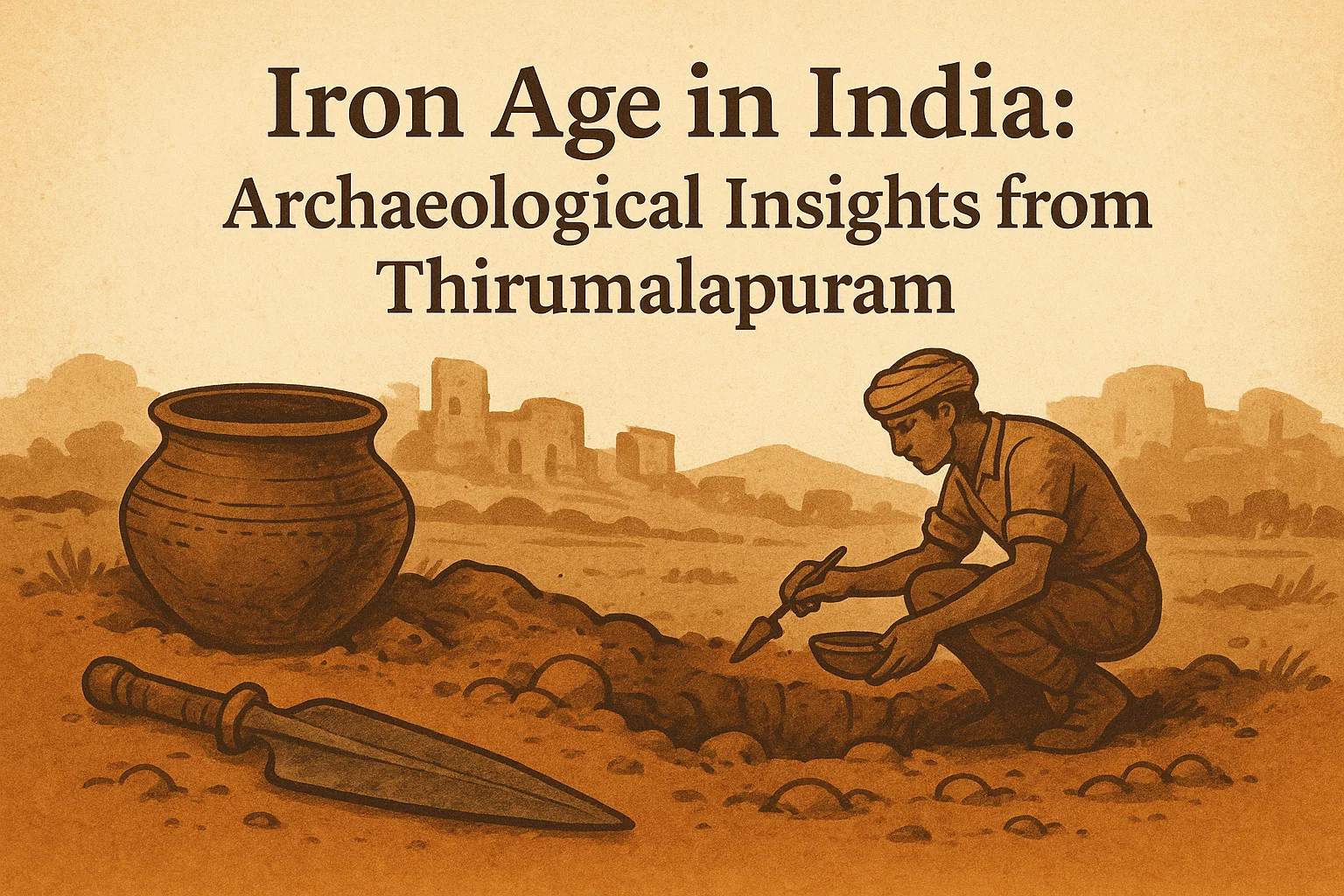Font size:
Print
Long COVID and the FOXP4 Gene
How a lung gene is linked to post-COVID symptoms as per genetics study
Context: A recent breakthrough study published in Nature Genetics now offers new insight into why some people develop long COVID while others recover quickly — and the answers may lie in their DNA.
Landmark Genetic Study
- Conducted by the COVID-19 Host Genetics Initiative at Germans Trias i Pujol Institute, Spain.
- Used Genome-Wide Association Study (GWAS) to identify genetic variations that may predispose individuals to long COVID.
- Analysed data from 33 groups in 19 countries, covering over 6,450 cases and 1 million controls in the discovery phase.
- Findings were validated in a separate replication cohort of 9,500+ cases and nearly 800,000 controls.
What is Long COVID?
- Long COVID (technically post-acute sequelae of SARS-CoV-2 infection or PASC) refers to persistent symptoms weeks or months after recovering from COVID-19.
- The World Health Organisation defines it as symptoms beginning within 3 months of infection and lasting at least 2 months with no other explanation.
- Common symptoms include fatigue, breathing problems, and cognitive difficulties.
Key Finding: FOXP4 Gene Association
- The strongest association was found near the FOXP4 gene. Individuals carrying the “C” variant of the SNP rs9367106 were approximately 63% more likely to develop long COVID symptoms than those without it.
- Importantly, this association held even among individuals who were not hospitalised, suggesting that the gene’s impact is independent of initial disease severity.
- The variant’s frequency also varied significantly across populations — from just 1.6% in non-Finnish Europeans to as high as 36% in East Asians — highlighting the need for diverse representation in genomic studies.
FOXP4’s Biological Role: From Lungs to Immunity
- Gene activity insights: The variant lies in DNA regions highly active in lung tissue.
- Expression correlation: Nearby linked variant rs12660421 increases FOXP4 expression in lung tissue.
- Cellular focus: FOXP4 is strongly expressed in type 2 alveolar cells, which:
- Maintain open air sacs.
- Clear fluids.
- Repair lung tissue damage.
- Coordinate immune response to respiratory viruses.
- Additional links: FOXP4 has been implicated in lung cancer, suggesting shared biological pathways affecting lung health.
- Long-term association: Individuals with higher FOXP4 levels in blood samples post-COVID had more than twice the odds of developing Long COVID.
- Genetic confirmation: Co-localisation analysis indicates a 91% probability that the same genetic signal affects both FOXP4 activity and Long COVID risk.
Relevance and Challenges for India
- High burden: India’s large, genetically diverse population faces ongoing impacts from multiple COVID-19 waves and uneven healthcare access.
- Reported prevalence: Indian studies report wide-ranging Long COVID rates from 45% to nearly 80%, depending on study design.
- Example study: A multicentre investigation (Hyderabad, Vellore, Mumbai, Thiruvalla) found 16.5% of hospitalised patients had persistent symptoms a year post-discharge.
- Data gaps: Although the GWAS included six ancestries, most data came from European populations; South Asian representation was limited or unclear.
- Uncertainty remains: The frequency and impact of the FOXP4 variant in Indian populations is unknown, especially given unique environmental factors like air pollution and healthcare variability.
- India’s genomic initiatives: Projects like GenomeIndia, cataloguing genetic diversity in over 10,000 individuals, offer foundational resources for future India-specific Long COVID genetic studies.
Limitations of the Study and Future Directions
- Timing of data: Most data predates widespread vaccination and newer variants (e.g., Omicron), so applicability to current strains/populations may vary.
- Long COVID definitions: Evolving clinical definitions may have caused misclassification in some datasets.
- Modest genetic impact: Genetics is only part of the story—immunity, pre-existing health conditions, and other factors also influence Long COVID risk.
- Need for diversity: Inclusion of more South Asian and underrepresented populations is critical for globally relevant findings.



